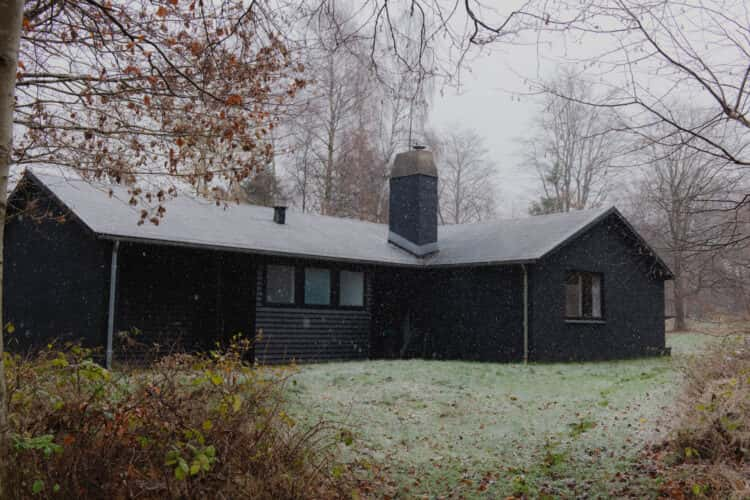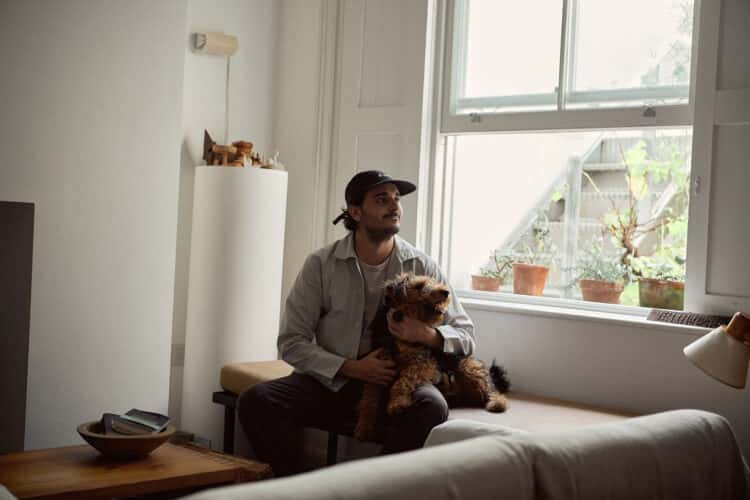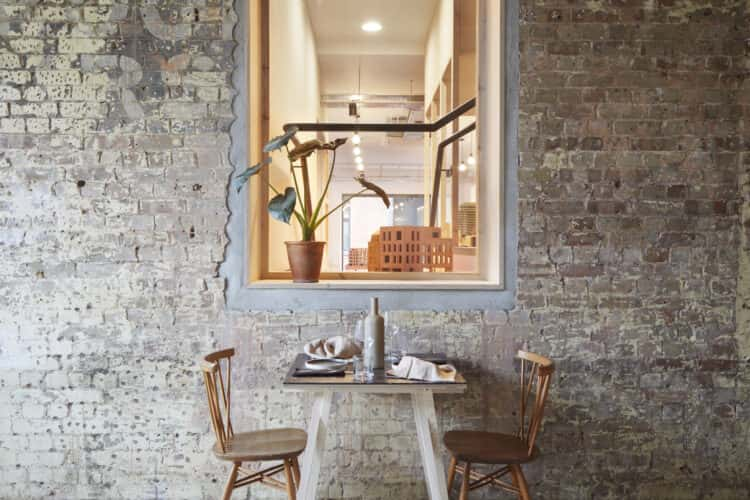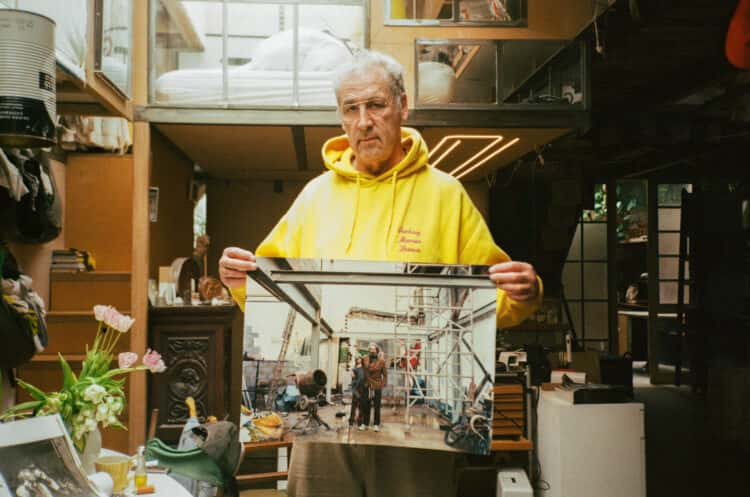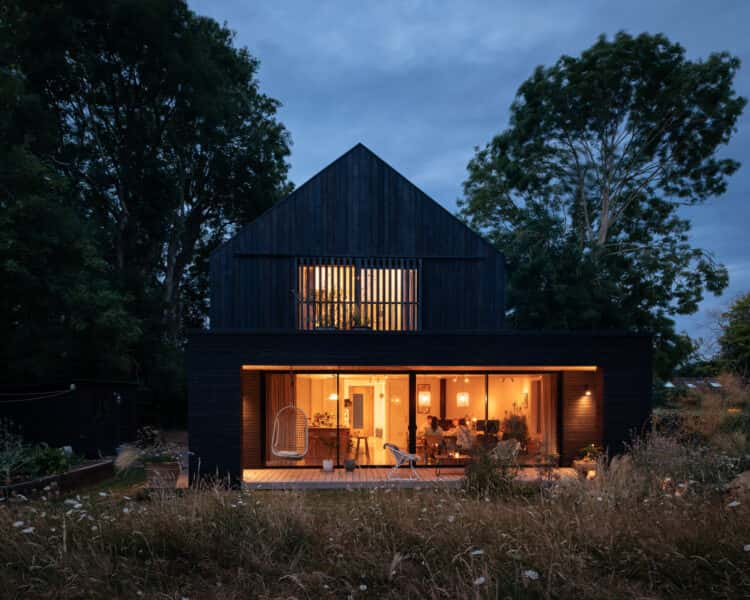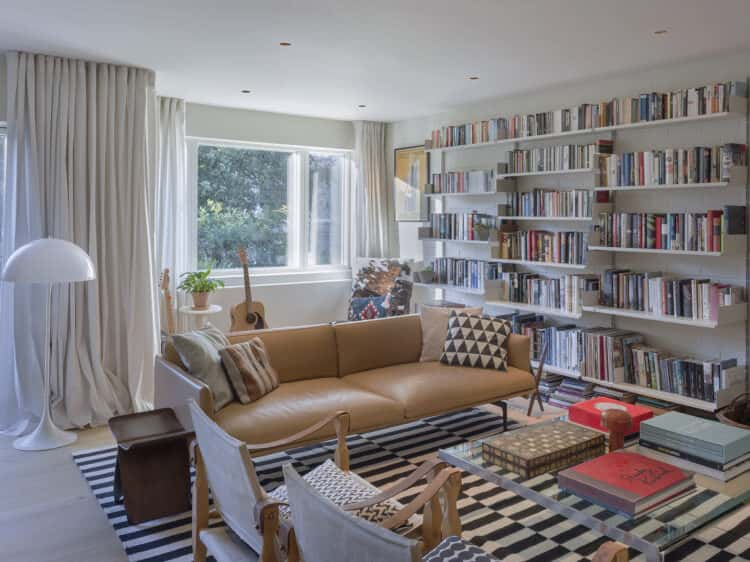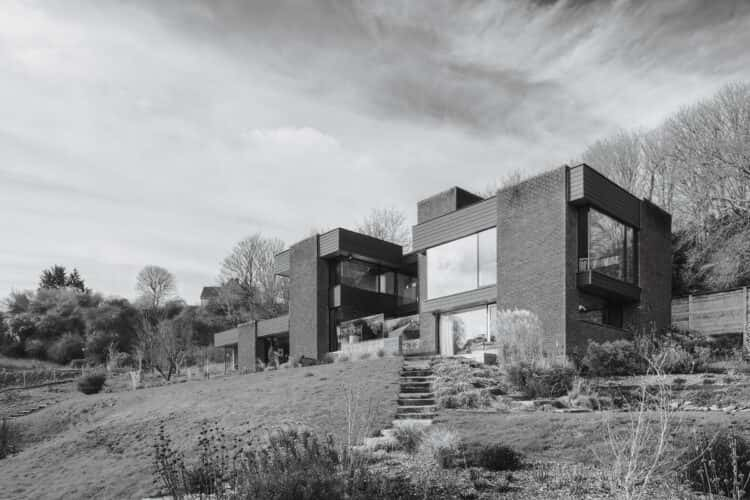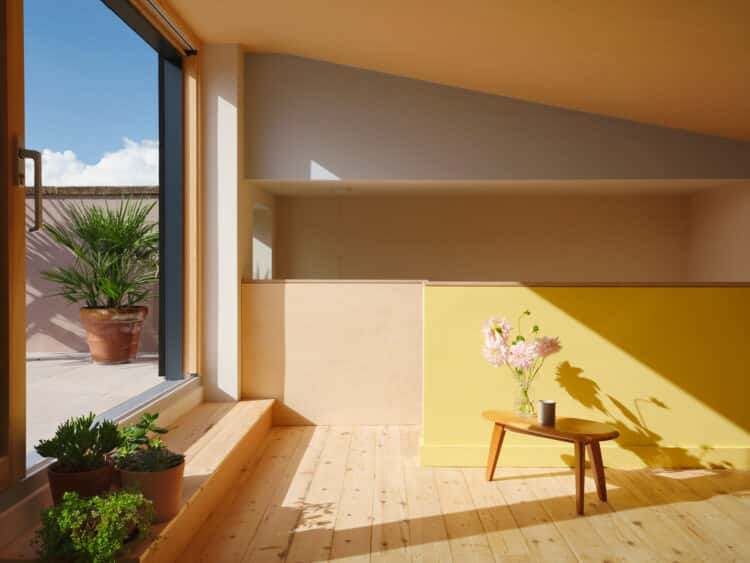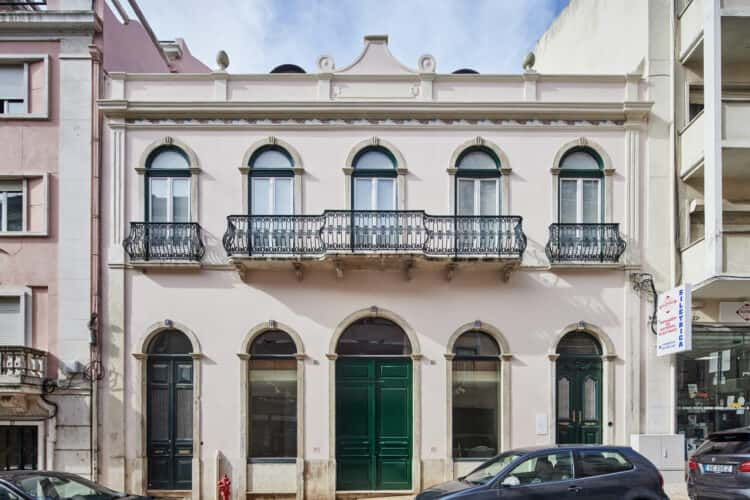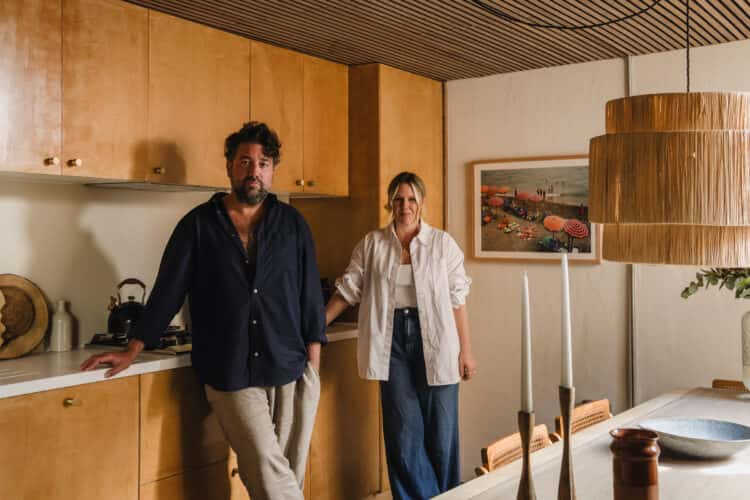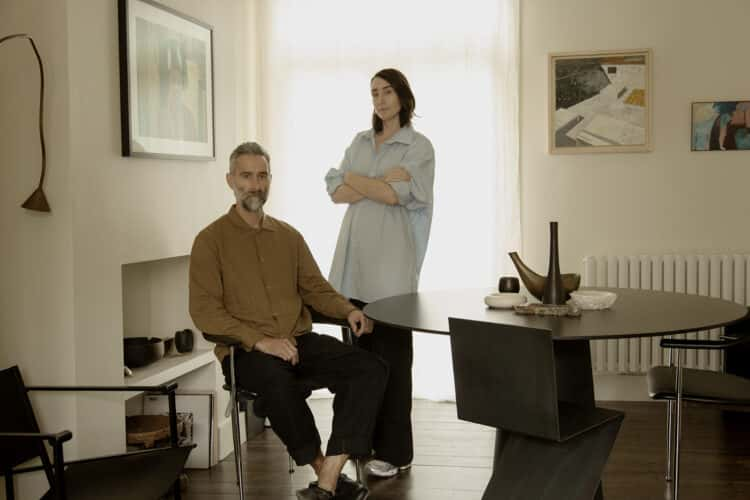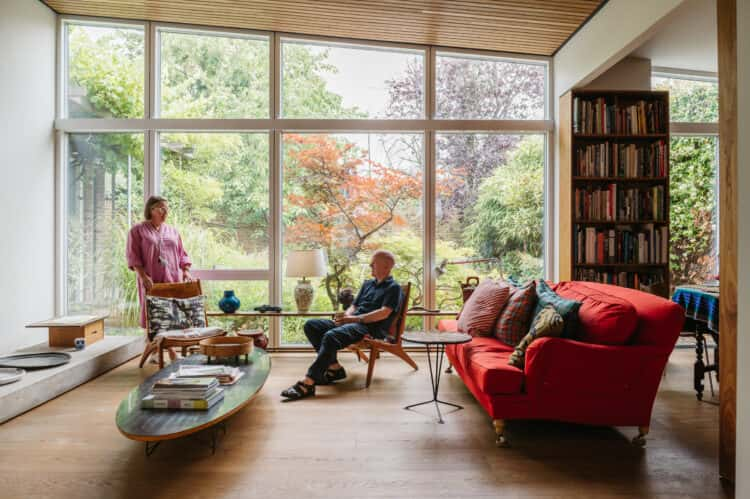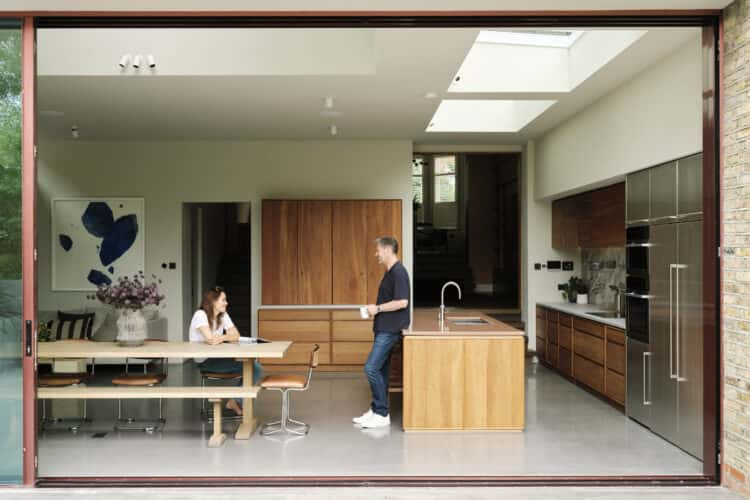Inside gallerist Peter Ibsen’s 1950s summer house in Rørvig, rural Denmark
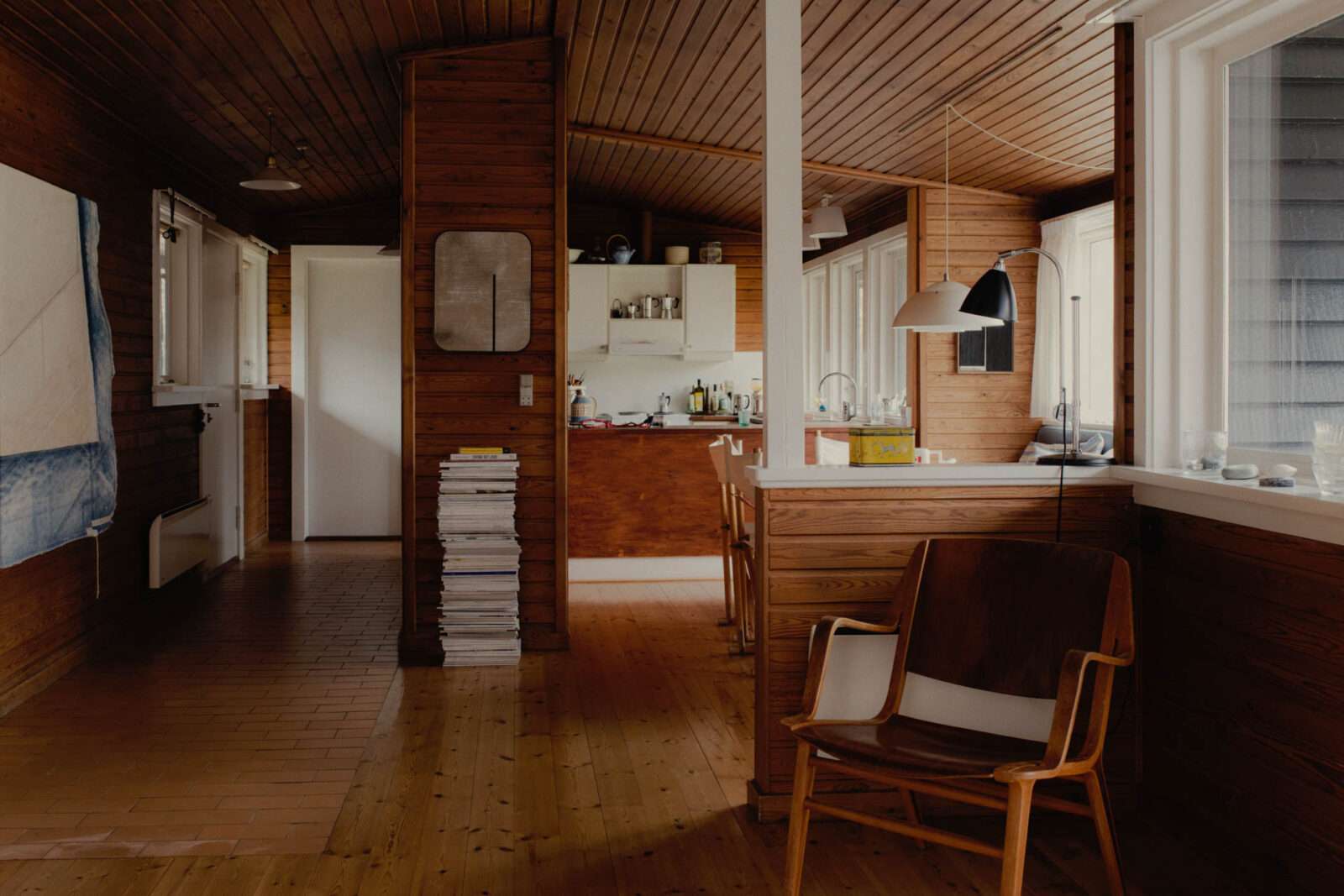
About 60 miles north of Copenhagen, however, is another space owned by Peter and his family – and it’s a different story. Inside this wood-panelled house, the furniture is well-worn and Danish, there are knick-knacks here and there, the odd gold-framed landscape painting and even, by the open fire, a generously sized TV. This is a place that Peter describes as “a big jumper”. “It’s cosy”, he says, “and relaxed – it changes your way of living.”
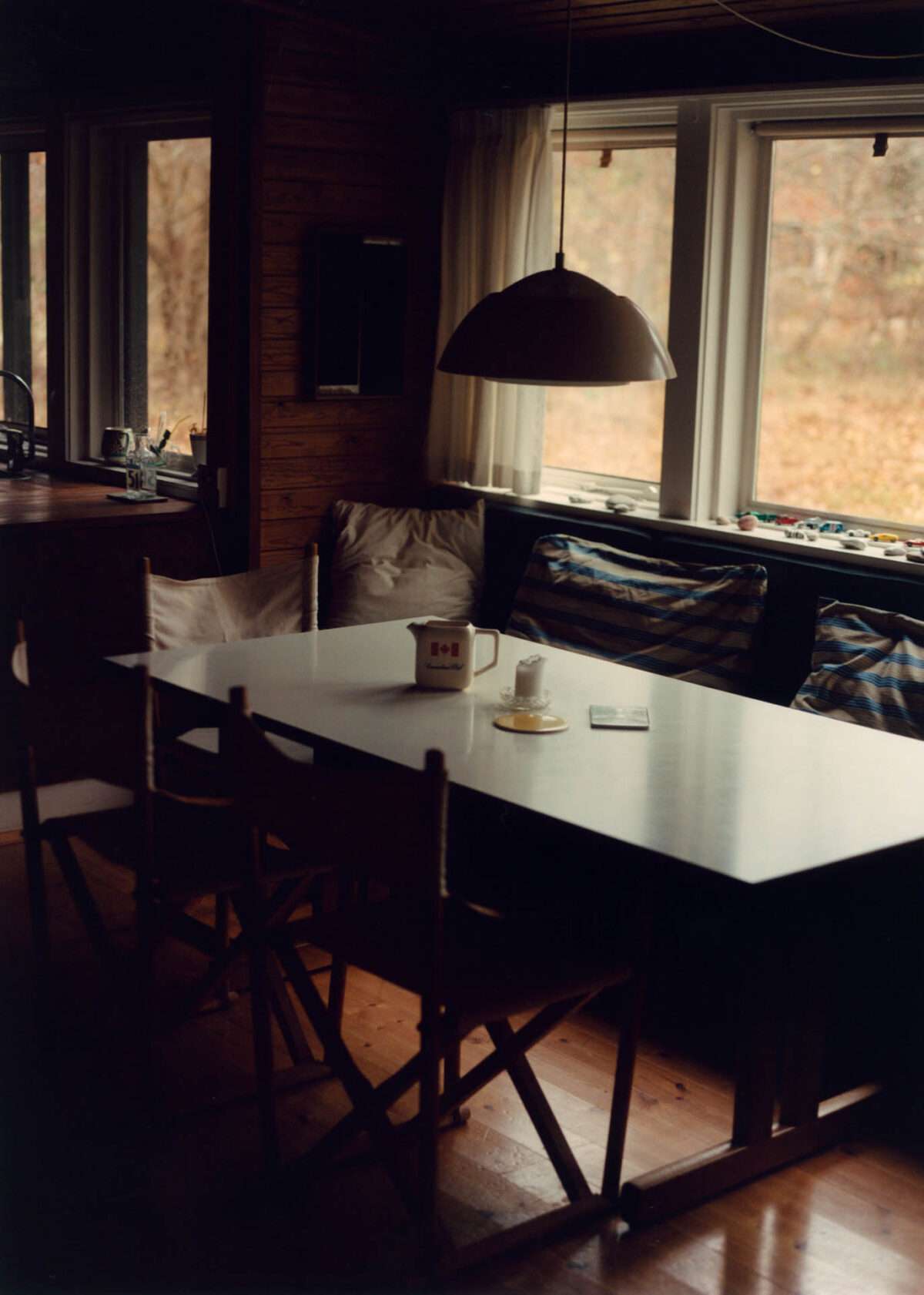
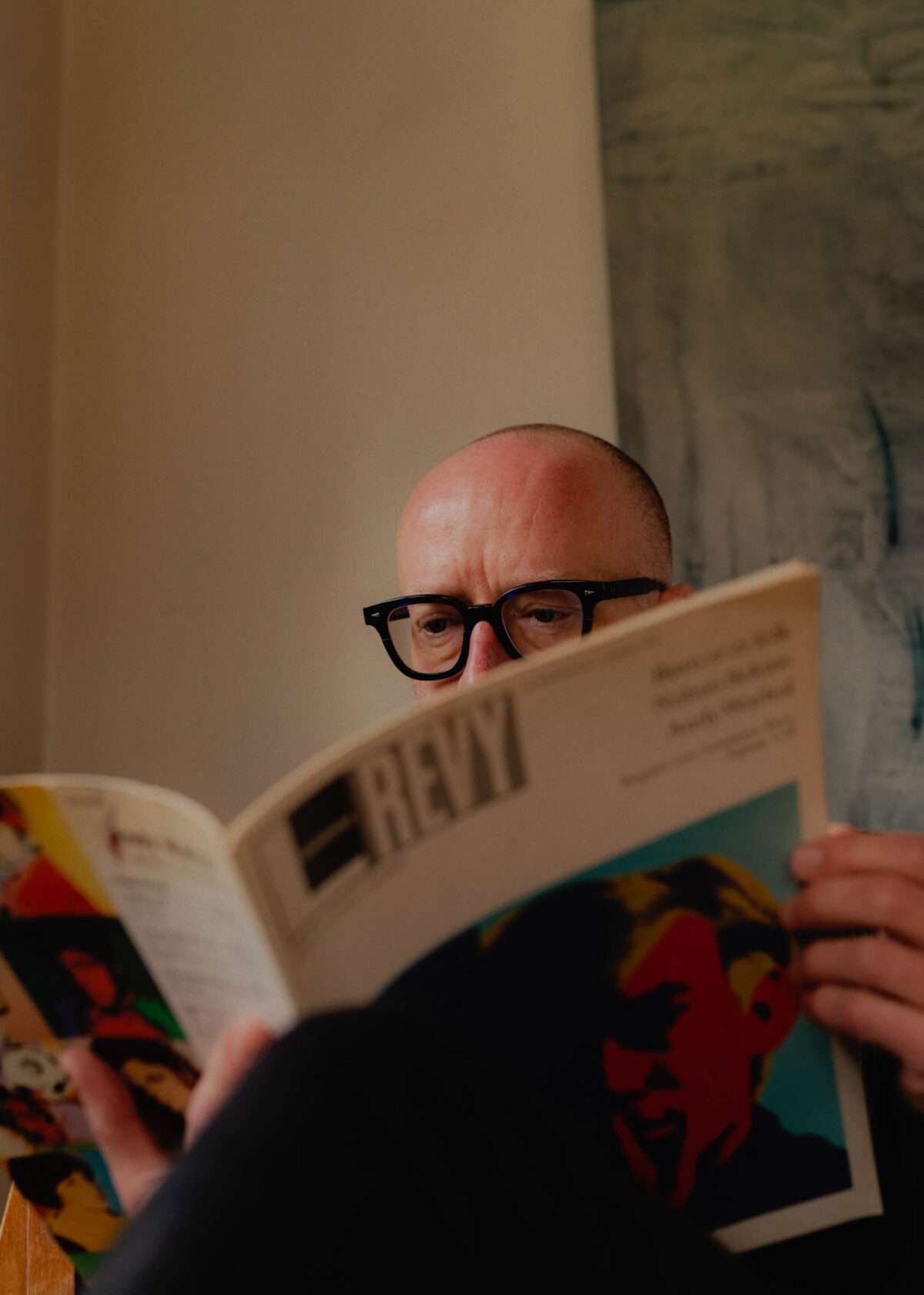
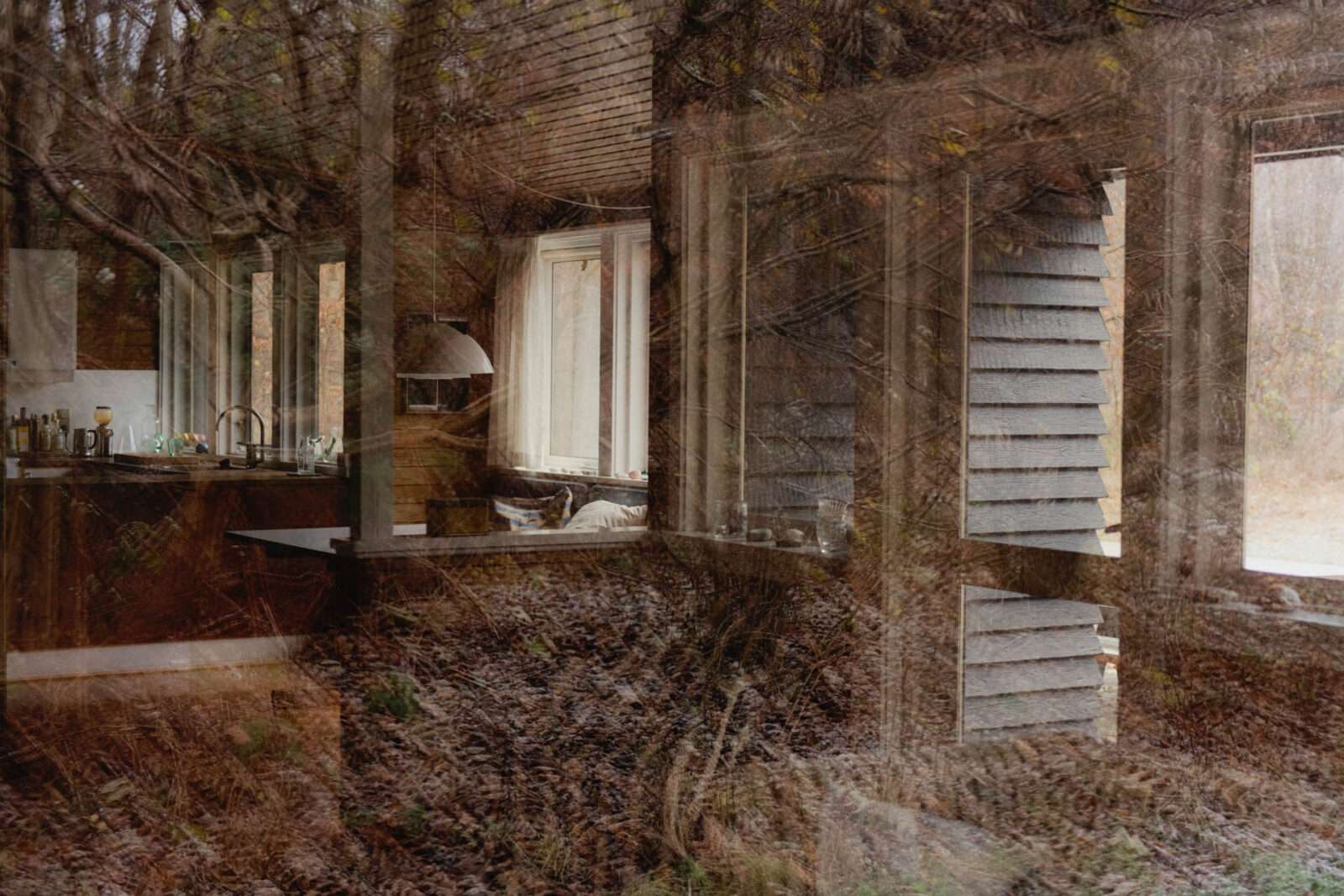
The single-storey summer house is in the small coastal town of Rørvig. Peter has owned it for six years but it was built in the 1950s as one of a number of similar dwellings for employees of the Danish National Bank. Most have been altered beyond recognition as they’ve been sold on over the years, so Peter was thrilled to buy his in largely original condition. Internally he has changed very little, although he has painted the outside his preferred black giving it a stealthy appearance that, sitting in the middle of a wooded plot, gives it the look of a bird hide as much as a family home.
Once inside, with the fire lit, it’s clear, however, that this is a well-loved family hideaway. Stones from the nearby beach, painted by Peter’s children and some of their frequent guests, sit on the windowsill and a recipe for his daughter Ella’s cookies is scrawled in chalk on a blackboard. Peter reflects how Ella, in particular, loves it at Rørvig, spending all of the last summer there, sleeping in a tent in the garden. Her older brother, Viggo, prefers to stay in the city with his friends, his cafe job, and his skateboard. Peter’s oldest child, Sigfred, has autism and has recently moved to a home with specialist care that Peter and his British wife, Ann, an English-language translator and teacher, visit often.
Having an easily accessible summer house is so important for their family. “We could never take holidays in the south of France or go skiing like our friends did every year,” he says – and so the familiar trips to the summer house became their way of stepping out of the city. “Growing up, our oldest son couldn’t be left alone,” Peter says, “which put a lot of focus on the home.”
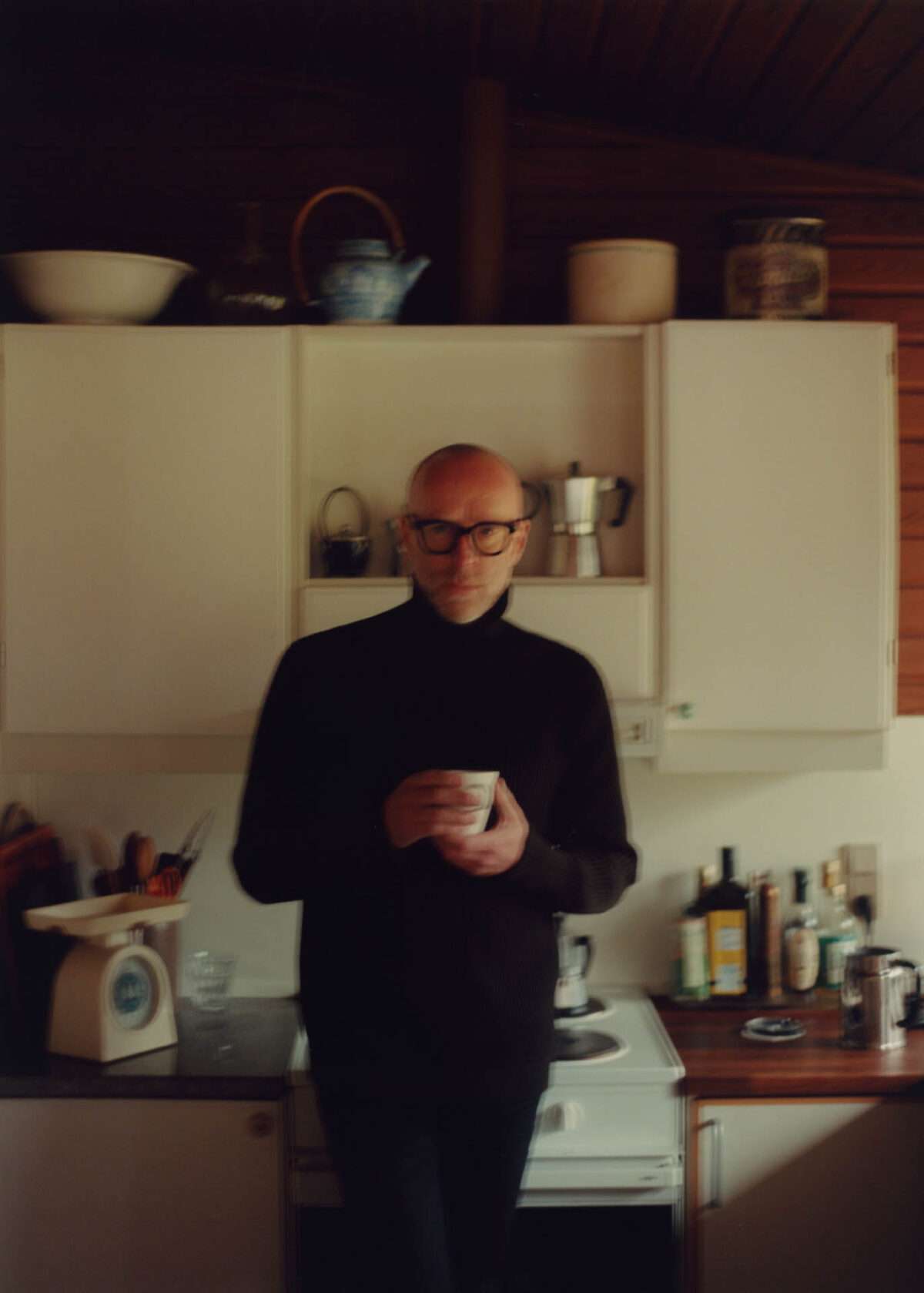
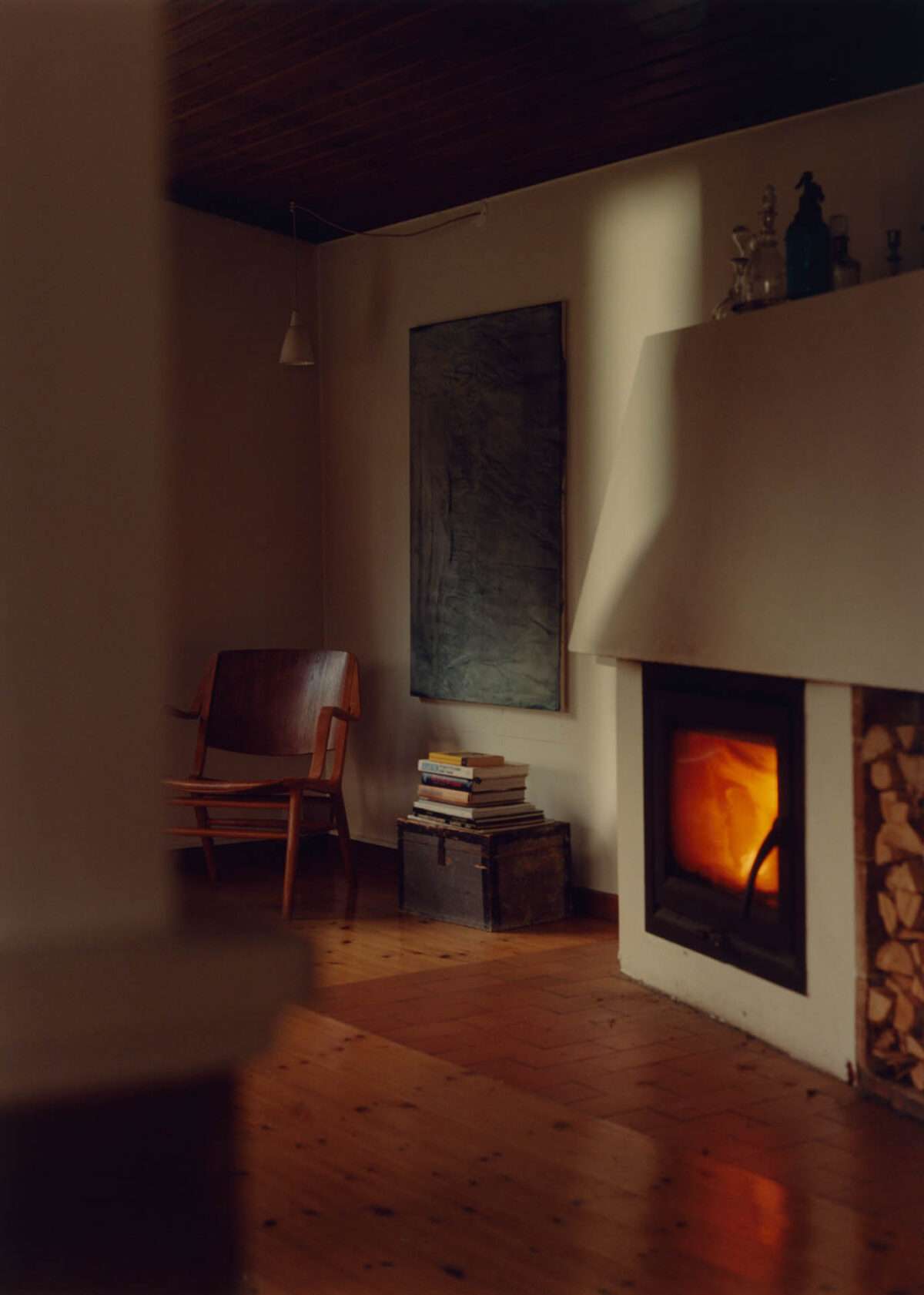
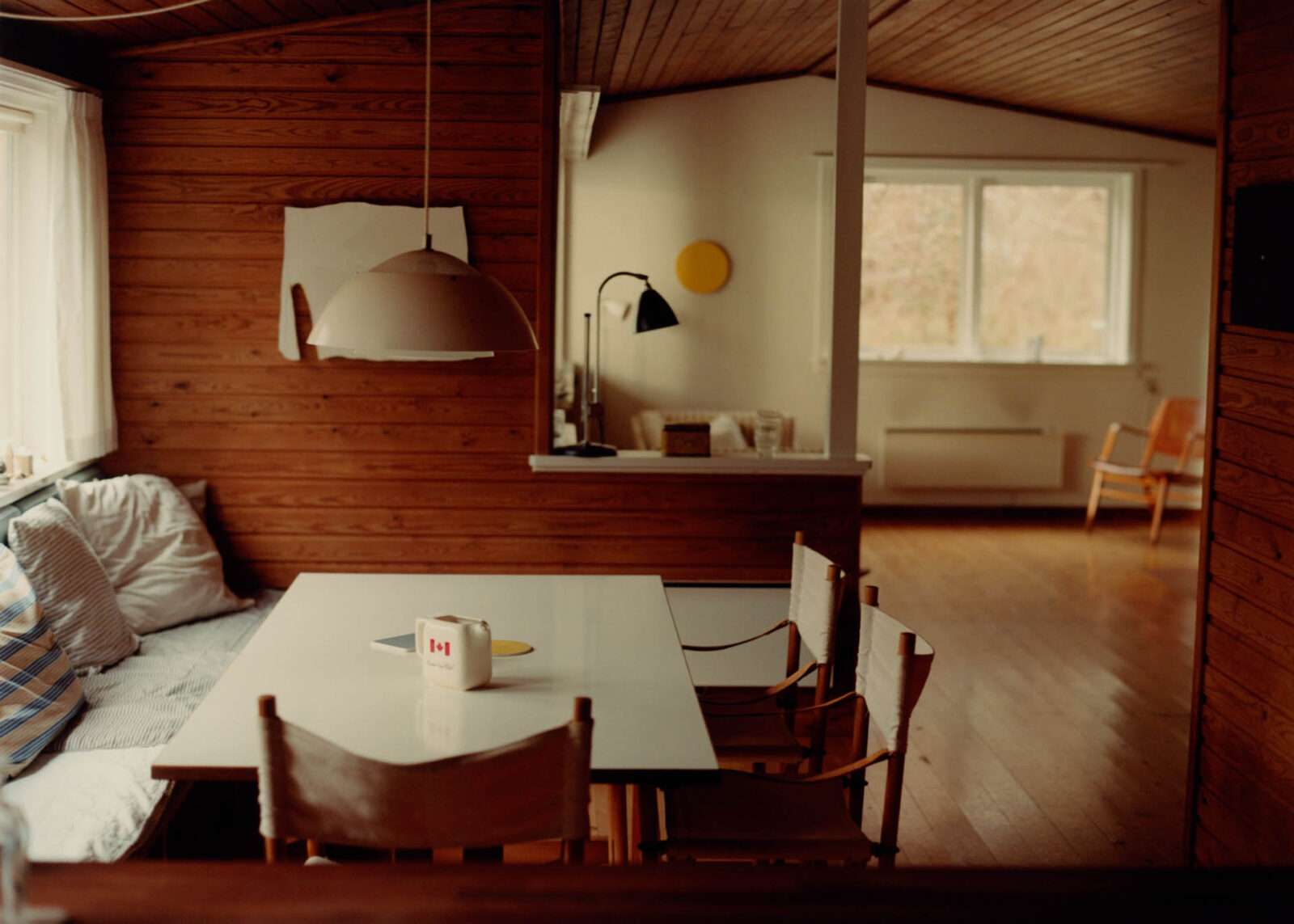
Having founded and sold one of Denmark’s most successful co-working businesses and afterwards establishing one of Copenhagen’s most celebrated art galleries, Peter has always been a busy man. Yet he has made it another of his strict guiding principles that he would be there as much as he could for his family – “being at home with the kids is a huge priority.” His father, he says, was a high-ranking and in-demand doctor and was rarely around – and while Peter has inherited his work ethic, he has never wanted to mirror his father’s frequent absence. When asked what he thinks, for him, living in a modern way means, Peter answers that it’s “having time… And freedom. And not having to stick to the nine-to-five.”
Despite his love of domesticity, Peter says he cedes control when it comes to cooking, as Ann is by far the superior chef. The family often have guests at the summer house, particularly in the hotter months, when they open up another art space Peter owns in Rørvig – and dining is a big part of these visits. Ann avoids the heavier fare of her native England or adopted Denmark, preferring lighter, spicier, largely vegetarian dishes. Peter’s contribution to the evening, meanwhile, is choosing the natural wines and “doing the dishes”. He shuns the dishwasher in favour of old-fashioned washing up by hand, explaining that he “finds it meditative”.
Calmness is an important part of Peter’s life. He is a yoga devotee and the one quality he says he looks for in an interior is “silence”. In the white, empty spaces of his home and gallery this “silence” can come across as beautiful but austere, while in the rural, wood-panelled summer house, with the fire quietly flickering, it is a hush that – especially in the snowy Danish winter – is eternally appealing.
